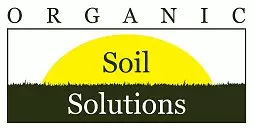NOW IS THE TIME FOR CHANGE
Like a politician courting voters in New Hampshire, we should be enticing the birds and butterflies to our yards. I wrote this blog in 2016 after the first time I saw Doug Tallamy speak. I saw him the other night at a jam packed auditorium in Cambridge and the place was rocking.
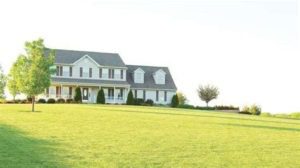
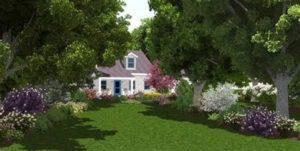
After that first inspiration, we planted the natives that attract caterpillars to our garden beds and were well rewarded with plenty of activity in our yard. We want everyone to enjoy the benefits of buzzing, tweeting (birds) and blooming.
f you would like help with small beds or acres of meadows please let us know contact [email protected].We can plant native perennials, shrubs, and trees in your yard.
Bird and insect populations are plummeting and birds need caterpillars to survive. The caterpillars need the right keystone plants to thrive. Almost all the food a bird brings back to the nest to feed the young is caterpillars. I’ve always had an interest in the health of soil biology, the basis for our organic lawn care program. However, there is plenty of life above the ground that is being depleted and needs help too.
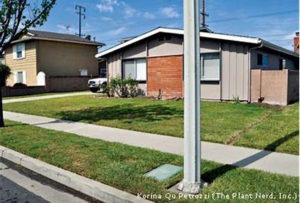
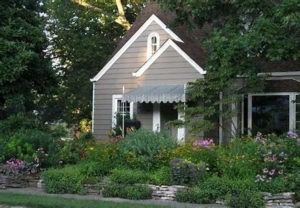
Soil micro-organisms rely on organic matter for their sustenance. Birds and butterflies need native plants. I’m sure many, if not most, of our lawn care customers know a lot more about native plants than I do, but I do love lying on the back porch watching all the action at the bee balm and butterfly weed in front of me.
I imagine a bird flying over all these little suburban parcels, walled off from each other, looking for some snacks to bring home to the kids. In most cases, that would be caterpillars and many yards have very few. Most plants from Asia and other places host very few herbivorous caterpillars. Native species support hundreds. The mighty oak is the most hospitable with 534 different kinds of caterpillars. More and different kinds of caterpillars mean a greater variety of butterflies and birds. Of course, pesticides can make the yard an unwelcoming fortress, where there is little to eat and no bird dares to chirp. The caterpillars of most butterflies are not so many as to harm the plants they feed on.
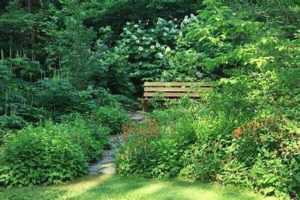
Of course, not all non-native plants are bad. Many flowers and herbs, if chosen correctly, can offer great pollen and nectar for bees. Many people define native as any plant that interacts with the plants, bugs and birds around them. Some foreign plants have formed a relationship with the larger ecological community but most have not. And lawns need love, too. They can be a great place to walk and run while our winged and fuzzy friends go about their business around us.
What can we do to help?
Organic Soil Solutions would be happy to plant natives in your garden. Even a few plants that are friendly to birds, butterflies and bees can make a big difference. The Monarch butterfly needs milkweed to survive. Many schools are planting milkweed to help the poor guys. You could help, too. Native wildflowers are a great way to fill in the spaces between your existing plants or you can choose a particular area. All the activity will capture your interest a lot more than a non native ornamental sitting quietly in the sun.
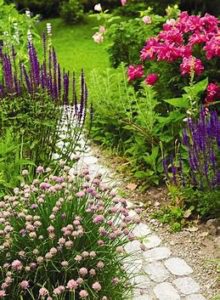
Joanne Neal of Garden Mentor (www.gardenmentor.net) can give a 2 hour consultationto let you know the natives best for your site. She is a designer specializing in low maintenance, sustainable, environmentally responsible landscapes. Grow Native Massachusetts (https://grownativemass.org/) has lots of information. They recently sponsored a talk by Dou Tallamy which was attended by over 500 people (standing room only) called Natures Best Hope, after his new book. Doug suggests looking at the National Wildlife Federation, Native Plant Finder to discover the appropriate plants for out neighborhoods. The Native Plant Trust at Garden in the Woods in Framingham (http://www.nativeplanttrust.org/visit/garden-woods/) has native plants on disply and for sale. The Xerces Society, ( www.xerces.org/) a nonprofit organization that protects wildlife through the conservation of invertebrates and their habitat suggests the following:
- Grow a diverse range of flowering plants
- Provide blooms from late winter to late fall
- Include host plants for caterpillars in your flower borders
- Provide nesting sites for bees such as bee blocks and bare ground
- Avoid using pesticides
I got most of this information from a talk by Doug Tallamy and reading his famous book, “Bringing Nature Home”. He is a Delaware entomologist whose findings on the hosting abilities of native versus non-native plants are remarkable.


